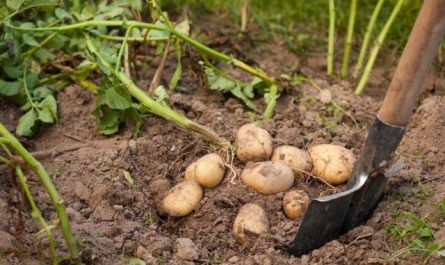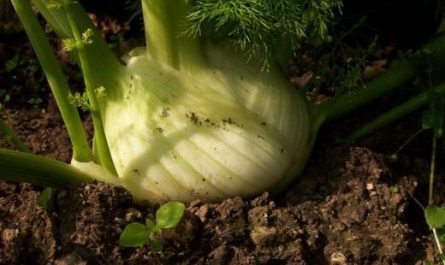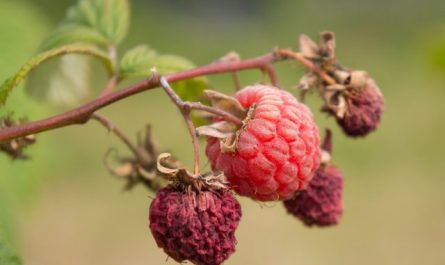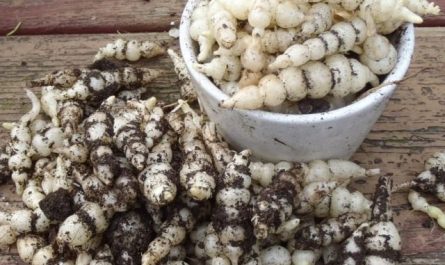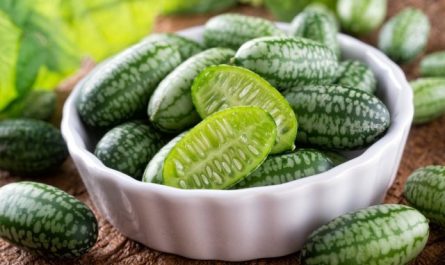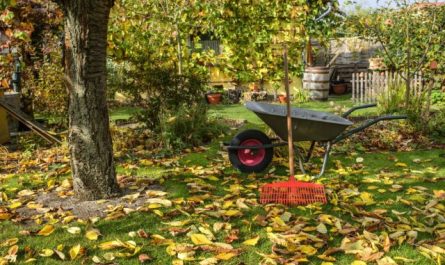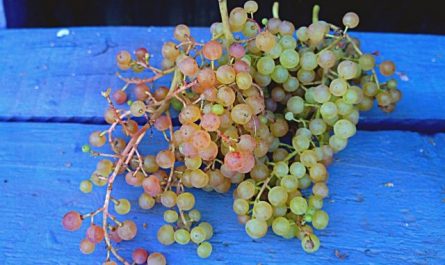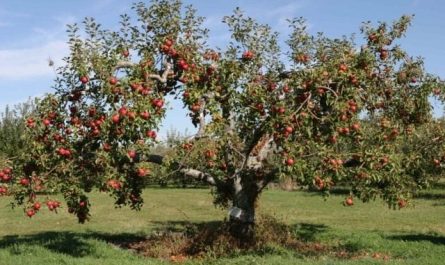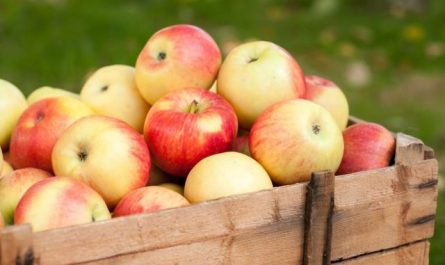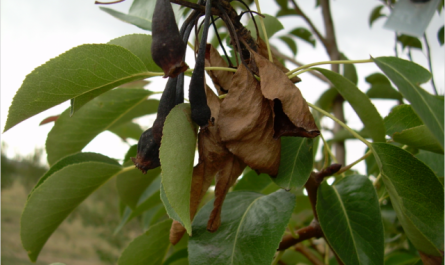Hello, dear gardeners, vegetable growers and florists! Today we will talk about greenery, or rather, about those green crops that can be grown during the winter until the next plantings on the windowsill.

Well, if you don’t have celery growing in your garden, either root or leaf, you’ll have to buy it. Look at the condition of the plant you should buy. So that the leaves are pretty, healthy, white roots. The longer, the better. Look here. These are the plants.

This is celery. The roots can even be said to be excessive, large. So before we put them in a jar of water – and plants can be grown, even better, such plants can be grown in a jar of water. A 700g jar is quite enough for even 2 roots to be located.
What do we do first? We remove old leaves, all the remains of leaves. We remove them so that the breaks are clean. Then we look: the leaves are very large and, you see, they have even wilted a little, because the root was unable to provide them with moisture. And I still advise you to remove some of the leaves so that the root system can cope with providing moisture and the leaves do not lose turgor on your plants. That’s how we remove them.

Of course, I completely forgot to say that before doing this procedure, we wash the roots properly, properly. This is what we may have left. You see that there is still a lot of foliage here – you can remove, for example, another leaf. Removed.

And this root system, having begun its work, will provide good nutritional elements, due to passing through the tuber or through the roots – they are quite large – they will ensure and support the normal development of the leaf apparatus.
So, the roots are a bit big. Let’s shorten them a bit. You can do it with scissors, you can do it with secateurs. Look, please, this is how we shorten the roots, put them in water so that the roots are facing down.

Like this. If the root is big, then in this case we place one in such a jar. If the roots, for example, are not very big and a couple fits, then a couple is possible. This is how we trim. Don’t be afraid to trim. And we also place them – after all, I think they will fit in one jar now. No, they won’t fit. Let’s take a second jar then. The most important thing is to place the plant this way.

Yes, here the leaves still need to be removed. There are too many of them – the roots won’t cope. So it’s better to remove them. Here, we tear them off right at the base, at the base. Like this. Don’t be afraid. The plant will only say thank you for the fact that we finally relieved it of unnecessary stress. So, we planted the second one in this water.
You know, despite the fact that the nutrients will come either from the tuber or from the roots, it is still better if you take and throw in some water, for example, a tablet of activated carbon. Just throw it in and gradually it gets wet. And it will become very good nutrition for our plants.

We do the same with parsley. If the root is small and its tip has wilted or turned black a little, then you can trim it a little. Don’t be afraid. Just a little bit like this – and you’ve trimmed it. If the roots are really big and won’t fit in the jar in such a straight, vertical state, then it’s best to trim them so that they don’t bend and don’t point upwards. Like this.

Here we also need to remove the extra leaves so that there are not many of them. Well, let’s say, from such a mass of leaves we can leave only one third of the youngest leaves. All the old, broken, bent ones should be removed.
The most important thing when placing in a jar – let me show you now what we should see – we should see the arrangement of the roots like this. Here, you see, I have not even trimmed the roots enough. They can be trimmed like this. Like this. We place them in the jar so that the rosette of leaves, this rosette of leaves, you see, yes, is located above the water level.

You can’t have the rosette of leaves, the beginning of the rosette of leaves in water. In this case, only the rhizome itself, the roots will be in water, and only in this case there will be no bacterial or fungal diseases. You don’t need to change the water completely. Add a tablet of activated carbon per plant every week or once every 10 days. And add water only if necessary.

Onion. Well, you all know that onion often sprouts. You remove these dry roots, remove the unsightly covering scales, if there are any, cut off the top a little. Here, approximately to the shoulders, a little higher. You see, right? Like this – once, cut. Here’s what happened.

And put it in a jar with water. Same thing. You don’t need to bury the bulb too deep. Just so that the bottom of the bulb literally touches the water or is slightly deepened, say, by 3-5 mm. That’s it, it doesn’t touch yet. And from time to time, just take and add water.

When the roots grow, it will be much easier for the green mass to reproduce itself. And you will consume fresh, fragrant, tasty onions from your windows in the kitchen or in the room. And someone, maybe, will even arrange such plantings on an insulated balcony. It is not at all necessary to plant these crops in pots with soil, when they can grow very well in a water solution – activated carbon and water.
I wish you great success and, of course, such healthy, tasty, wonderful greenery on your windowsills.
Nikolay Fursov. Candidate of Agricultural Sciences


